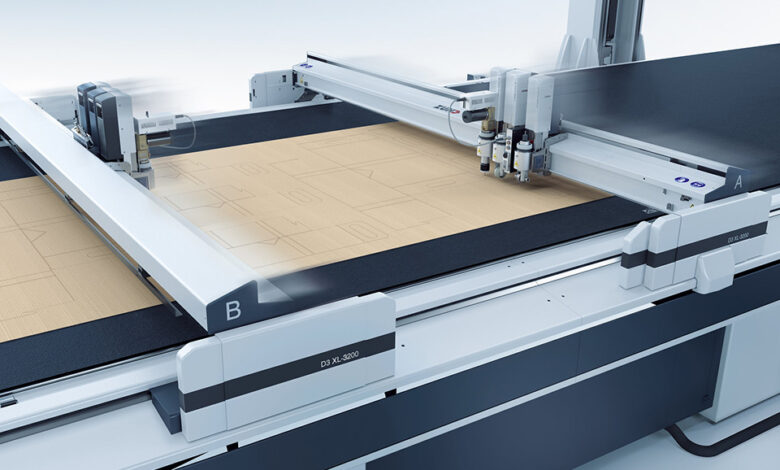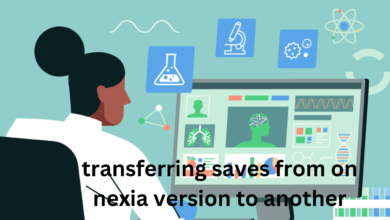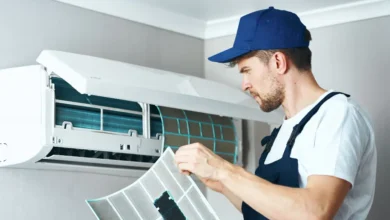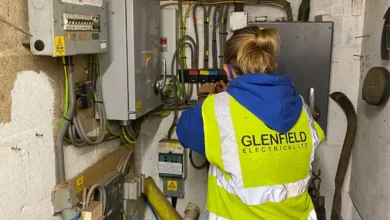Nesting Software and Digital Flatbed Cutter: The Future of Smart Cutting

Ever tried fitting all your suitcase items without leaving a single inch of space unused? That’s what Nesting software does—but for materials like fabric, cardboard, and metal. Pair that with a digital flatbed cutter, and you’ve got yourself a dream team in manufacturing, signage, and packaging.
In this article, we’ll dive into the world of nesting software and digital flatbed cutters, uncovering how they work, their benefits, and why industries are embracing them like never before.
What is Nesting Software?
Definition and Purpose
Nesting software is a type of computer-aided design (CAD) tool that helps arrange shapes or patterns in a way that minimizes waste. Think of it as playing Tetris—except your blocks are parts to be cut, and the goal is to fit them perfectly on a sheet of material.
How Nesting Software Works
Using powerful algorithms, nesting software analyzes the parts to be cut and places them on the available material as efficiently as possible. It takes into account shapes, sizes, angles, and even material grain direction to create the most compact layout.
Types of Nesting Software
2D Nesting Software
This type is perfect for flat materials like sheet metal, cardboard, or acrylic. It works with 2D shapes and is widely used in the signage and printing industry.
3D Nesting Software
3D nesting comes into play when dealing with objects that need to be cut or arranged in three-dimensional space, such as packaging boxes or foam inserts. It’s more complex but incredibly useful for industries dealing with bulkier designs.
Benefits of Using Nesting Software
Material Optimization
Wasting material is like tossing money out the window. Nesting software ensures you get the most out of every sheet, roll, or slab, which leads to less waste and more savings.
Cost Reduction
Optimized material usage means fewer materials purchased. Plus, it saves time—fewer errors mean fewer re-cuts.
Improved Productivity
With smart layouts generated automatically, your production time is significantly reduced. What used to take hours can now be done in minutes.
What is a Digital Flatbed Cutter?
Overview of Digital Flatbed Cutting Technology
A Digital flatbed cutter is a machine designed to cut materials using precision blades, routers, or lasers. Unlike traditional cutters, it uses a flat surface (or bed) to support materials while an automated head cuts according to the programmed design.
Key Components of a Digital Flatbed Cutter
- Cutting Head – Houses blades or routers
- Vacuum Bed – Holds materials firmly in place
- Software Interface – Communicates with design files
- Material Feed System – Automates feeding for continuous operation
How Nesting Software and Digital Flatbed Cutters Work Together
Seamless Workflow Integration
The real magic happens when these two systems are synced. The nesting software plans the layout, then sends that data straight to the digital cutter, which executes the cuts with surgical precision.
From Design to Finished Cut
The process usually goes like this:
- Design is imported into the nesting software.
- Layout is optimized.
- File is sent to the cutter.
- Material is fed and held by vacuum.
- Cutter performs the job automatically.
Industries That Benefit from This Combination
Signage and Printing
Need custom-shaped signs or promotional displays? Nesting software makes sure you use your vinyl or acrylic sheets efficiently, while digital flatbed cutters ensure clean, accurate edges.
Packaging
Creating custom boxes or inserts? This combo allows you to nest various shapes tightly on cardboard or foam, then cut them cleanly.
Textiles and Apparel
Fashion designers and apparel manufacturers benefit from fabric-saving patterns and quick cutting speeds.
Key Features to Look for in Nesting Software
Automatic Nesting Algorithms
Look for software that can handle complex nesting automatically. The smarter the algorithm, the more time and material you save.
File Compatibility and Design Import Options
Your nesting software should easily accept files from design tools like Adobe Illustrator, CorelDRAW, AutoCAD, or others without hiccups.
Top Advantages of Using Digital Flatbed Cutters
Precision Cutting
Forget scissors or manual cutters. A digital flatbed cutter can create intricate designs, small text, and even kiss cuts with pin-point accuracy.
Versatility with Multiple Materials
Whether it’s foam, leather, vinyl, corrugated board, or plexiglass—these machines handle it all. One tool, endless possibilities.
Challenges to Consider
Software Learning Curve
Nesting software can be intimidating at first. But with a bit of practice (and maybe a few YouTube tutorials), it gets easier.
Initial Investment Cost
Let’s be real—these machines and software suites don’t come cheap. But over time, they pay for themselves with efficiency and material savings.
Tips for Choosing the Right Software and Cutter
- Check compatibility with your materials.
- Try demos before purchasing.
- Ask about support and updates.
- Consider the learning curve—look for intuitive interfaces.
- Assess scalability if your business is growing.
The Future of Smart Cutting Technologies
AI-driven nesting is already becoming a thing. Soon, your system might predict material needs, automate reordering, and even detect design flaws before cutting starts.
Also, advancements in augmented reality (AR) could allow designers to preview how parts will be laid out in real time on materials before cutting.
Conclusion
If you’re in any kind of business that involves cutting physical materials—whether for signage, fashion, or packaging—nesting software and digital flatbed cutters are game-changers. They make your workflow smarter, faster, and more cost-effective.
Just like peanut butter and jelly, these two technologies complement each other perfectly. So if you’re not already using them, you’re missing out on a major efficiency boost.





